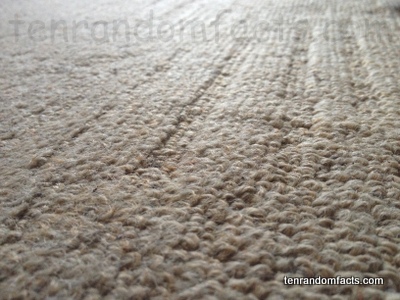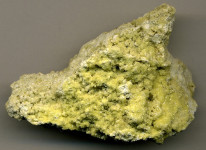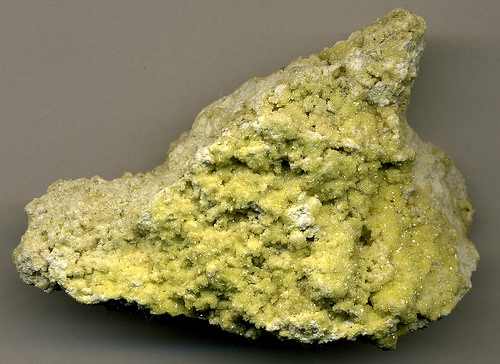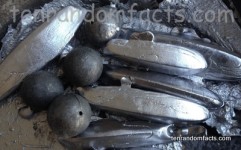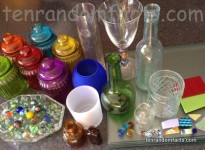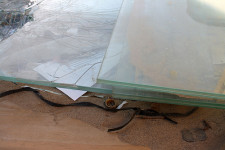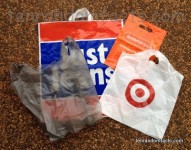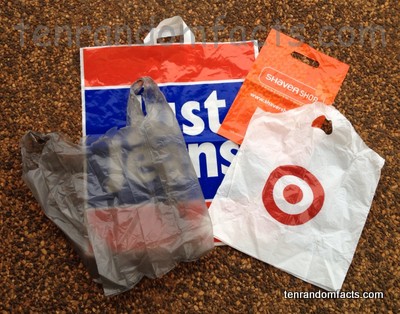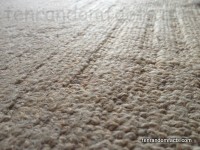
Carpets can be petted with one’s foot. Probably.
- Carpet is an invention made of a layer of textiles, that is used to cover a floor.
- ‘Carpets’ are also known as ‘rugs’, although this term is generally used in reference to movable versions.
- Generally, carpets are made of a nylon, polyester, wool, acrylic, sisal or polypropylene fibre.
- Carpets are commonly used for ornamental and decorative purposes, to protect feet from cool floors, for comfort purposes, or to hide floor anomalies.
- Carpets can be made through weaving, knitting, felting, tufting or hooking, often on a loom, and are made by hand or machine.
- Cotton, polyester, nylon, or sisal bindings are generally used on a carpet edge to seal the edges, and thus assist in preventing unravelling.
- The origin of carpets dates from 1000 to 2000 BC or beyond; with the oldest discovered one dating back to 400 to 300 BC, found in 1949 in Siberia, Russia.
- A machine, known as a ‘power loom’, used to produce carpets, was invented in the 1830s by American, Erastus Bigelow, which immediately increased production.
- It is typical for a carpet to feature two layers – the top layer of fibres, and a backing affixed to the fibres.
- If the carpet is to be secured to the floor, a soft underneath layer known as ‘underlay’ is added to enhance its properties and increase its life.
Bibliography:
Carpet, 2016, Wikipedia, https://en.wikipedia.org/wiki/Carpet
Carpet History, 2009 Carpet & Rug Pedia, http://www.carpetandrugpedia.com/Carpet-History.htm
Early U.S. Carpet has Woven Wool, n.d, The Carpet and Rug Institute, http://www.carpet-rug.org/About-CRI/History-of-Carpet.aspx





